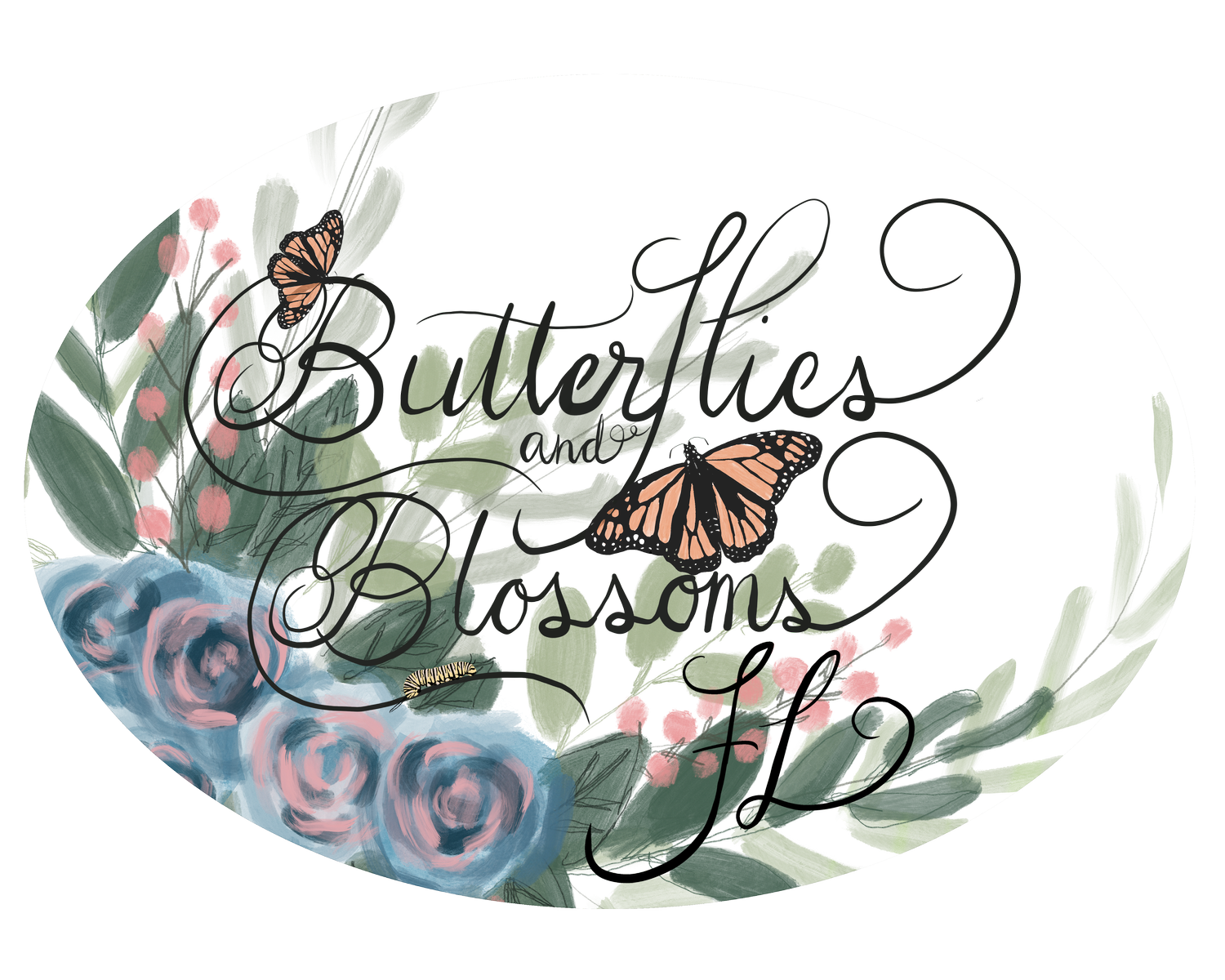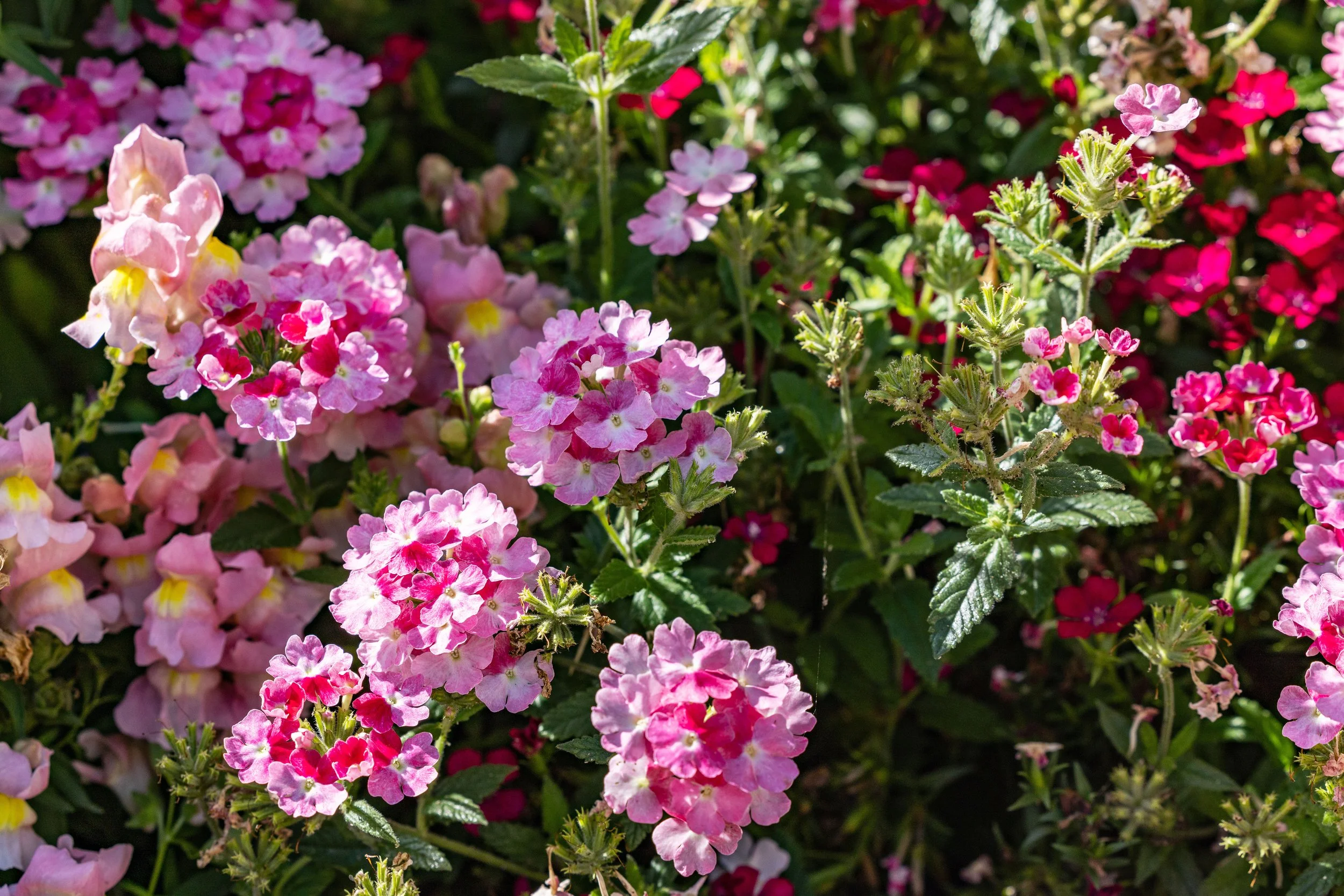Diary of a Gardener - Color Stories: Pairing Plants by Bloom, Foliage, and Texture
When most people think about garden design, their first thought is usually color—bright pinks, soft blues, deep purples. And while bloom color is important, the most compelling gardens go beyond flower petals. They tell a color story through thoughtful combinations of blooms, foliage, and texture—layered together to create visual rhythm and personality.
In Florida’s long growing seasons and bold light, getting that balance right can be a game-changer.
Let’s talk about how to build stunning plant combinations that speak through color and contrast.
Start with Your Story
Every great color story starts with intention. Ask yourself:
Do you want a calming, serene garden (think whites, silvers, soft pastels)?
A bold, tropical feel (hot pinks, oranges, and chartreuse)?
Something moody and dramatic (deep burgundy, dark greens, dark purples)?
Once you identify the mood you’re after, you can build around it with three key elements: bloom, foliage, and texture.
1. Bloom: The Showstopper
Flower color grabs the eye first. The trick is to mix contrast and cohesion—not just tossing color everywhere, but letting certain colors repeat throughout the bed.
Try This:
Soft Story: Pair white plumbago, pink Drift roses, and lavender angelonia for a dreamy cottage vibe.
Bold Story: Use hot pink bougainvillea, orange crossandra, and red pentas for a heat-loving tropical punch.
Monochromatic with Depth: Mix shades of one color—like deep purple salvia, purple golden dew drop, and lavender vinca Suntory—for a rich, cohesive look.
Pro Tip: Keep your color palette to 3 main colors to avoid overwhelm.
2. Foliage: The Unsung Hero
Foliage provides the backbone and longevity of your garden—even when nothing’s blooming. It’s where contrast and harmony truly shine.
Consider:
Silver foliage like dusty miller or silver buttonwood to lighten heavy spaces
Dark foliage like purple heart (Tradescantia pallida) or copperleaf to create drama
Variegated foliage like 'Snow N Summer' Asiatic jasmine or variegated Aztec grass to break up large green masses
Foliage is also how you bridge seasons and transition between blooms, keeping your garden interesting year-round.
3. Texture: The Secret Ingredient
Texture adds depth and tactile contrast. In Florida gardens, where so many plants grow vigorously, varying leaf shapes and growth habits prevents everything from blending into a green blur.
Play With:
Fine textures like muhly grass or ferns
Coarse textures like philodendron or croton
Medium textures like society garlic or bulbine
A soft, feathery grass next to bold, glossy foliage makes both stand out more. It’s visual balance and sensory delight.
Color Story Combos (Florida-Friendly!)
Moon Garden Elegance
White angelonia
Silver artemisia
White caladium
Moonflower vine on a trellis
Variegated liriope border
Tropical Sunset
Orange ixora
Hot pink mandevilla
Variegated ginger
Red bromeliads
Chartreuse sweet potato vine
Calm and Cool
Blue plumbago
Pale pink vinca
Soft green coontie palm
Pink Muhly grass
White-flowering society garlic
Final Thoughts: Let Your Garden Speak
Your garden doesn’t have to be filled with every plant you love. Instead, choose plants that work together like a curated outfit—where every piece supports the overall feel.
Let your plant choices tell a color story that reflects your style, your mood, and your Florida landscape. When bloom, foliage, and texture all play a part, the result is a garden that looks intentional, layered, and uniquely you—season after season.
Need help telling your garden’s color story? Whether you’re starting fresh or refreshing a tired space, I’d love to help you bring your landscape to life.

